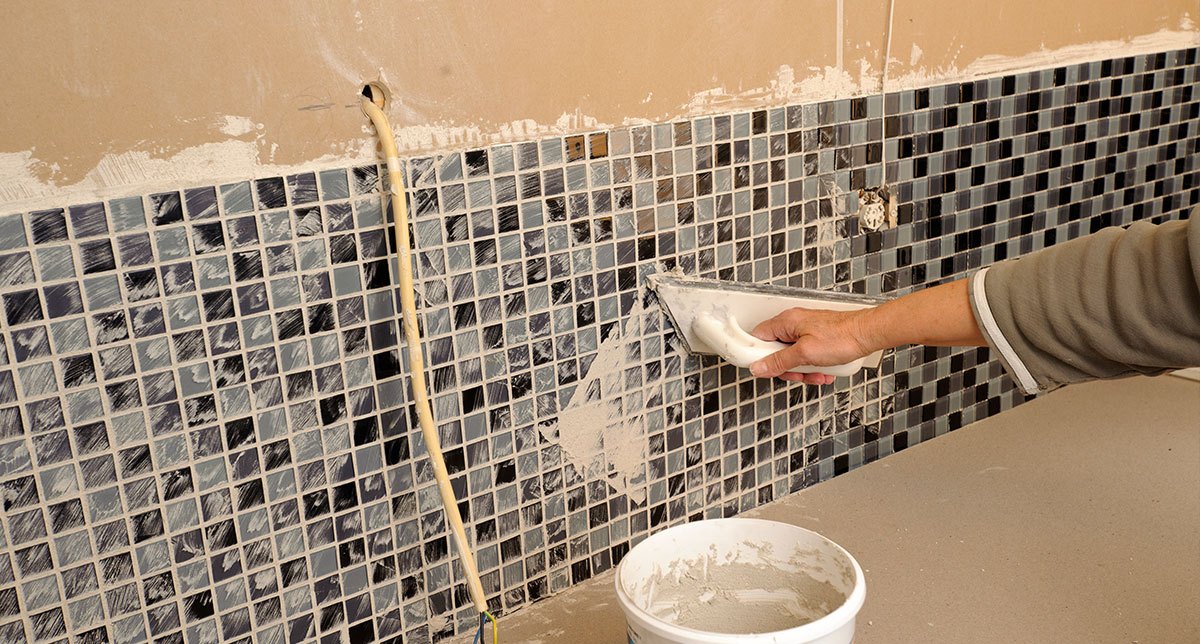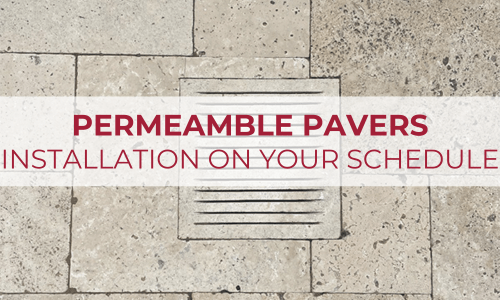Grout is used to fill in the spaces between tiles. When grout hardens, it keeps out water and locks the tiles in place. Grout keeps the tile from breaking, and it makes the tiles stronger by bonding them together.
There are two different types of grout, cement based grout and epoxy grout. The type of grout used depends on the space between your tiles. Cement grout is porous and is prone to staining. When using cement grout, it’s important to use a grout sealer. Water, liquids, and stains can get into the pores and damage the tile. It is easier to work with than epoxy grout.
Epoxy grout is made from epoxy resins and a filler powder. It is becoming more popular with tile contractors for many reasons. It’s waterproof, and doesn’t absorb stains like cement grout. It is more difficult to work with, and it does have a more plastic appearance. Epoxy grout is quick to dry, which means you’ll have to work quickly. Epoxy grout will leave a haze if not cleaned properly and it is much more expensive to use than cement grout. With epoxy grout, you can add iridescent particles to make it sparkle.
When choosing a color for your grout, it’s up to your style and taste. For a seamless look, match your grout with your tile. There are some grouts that are specifically made for glass tiles. A safe bet is going with a light grey grout, as many grout colors fade into a grey over time.
Grout joints are the spaces between your tiles. When deciding on the spacing of your tiles, remember the tighter the space, the more noticable the variations in the tiles. Tighter grout joints may make your tiling look sloppy. Larger grout joints will make your tile work look more professional. Use larger grout joints in areas of higher traction.
The better the grout work for your tile, the longer lasting your tile will be. Make sure to hire a professional to get the best looking tile.





